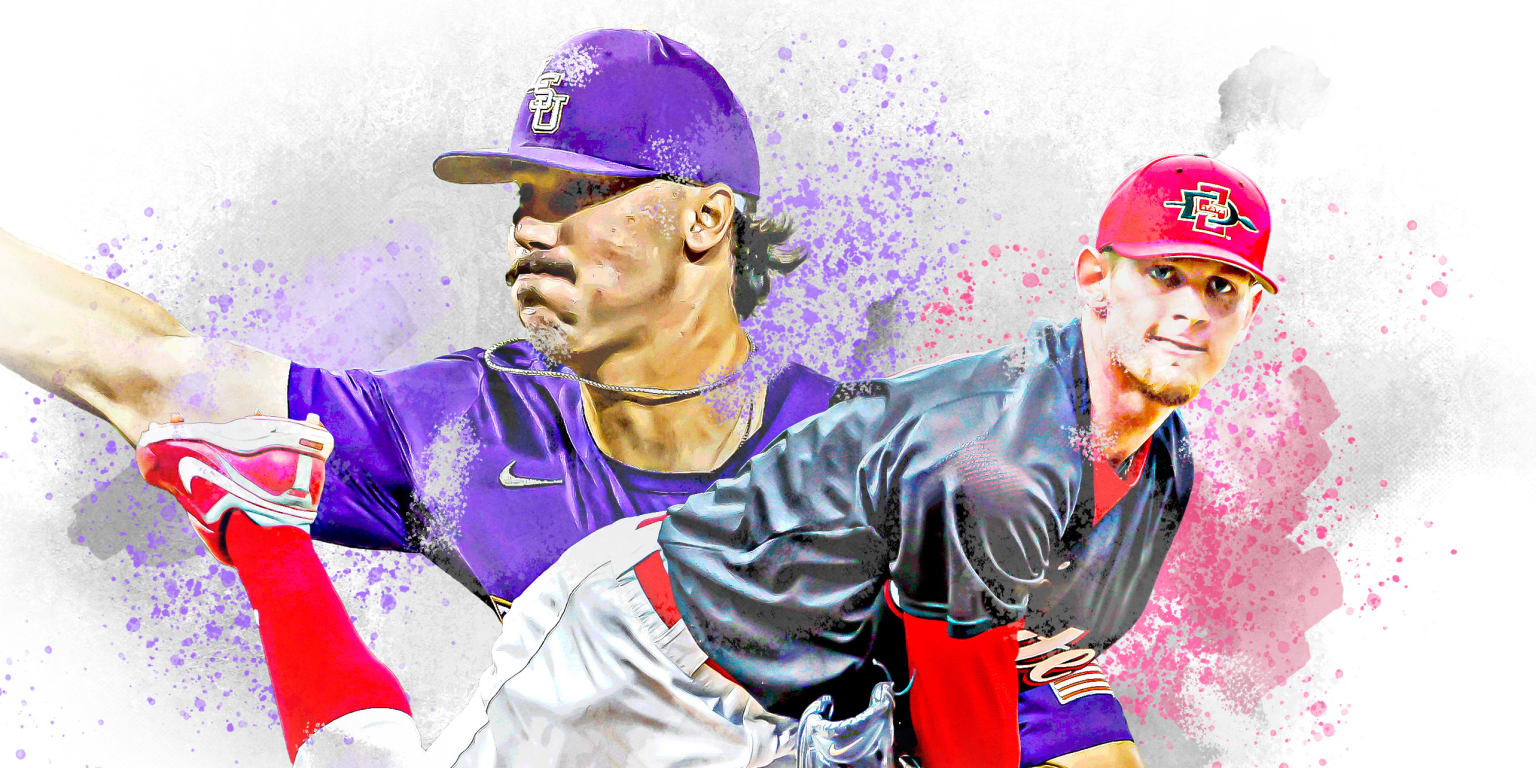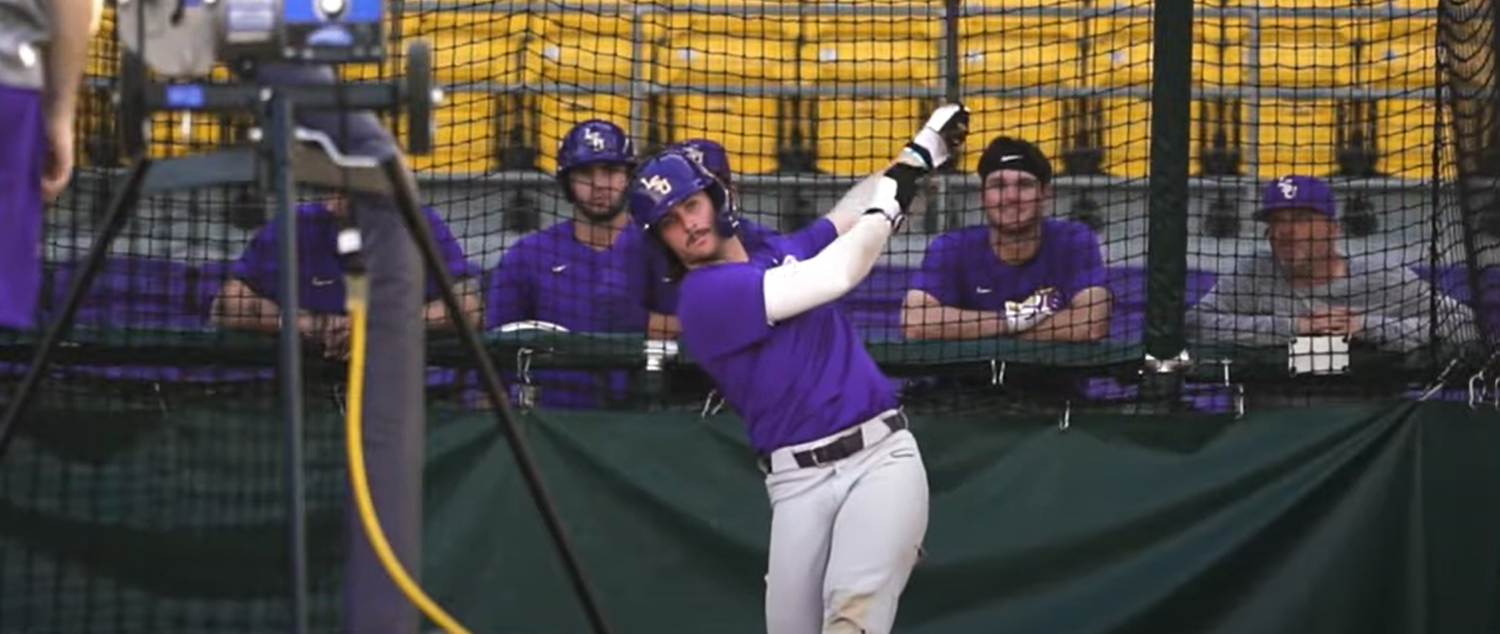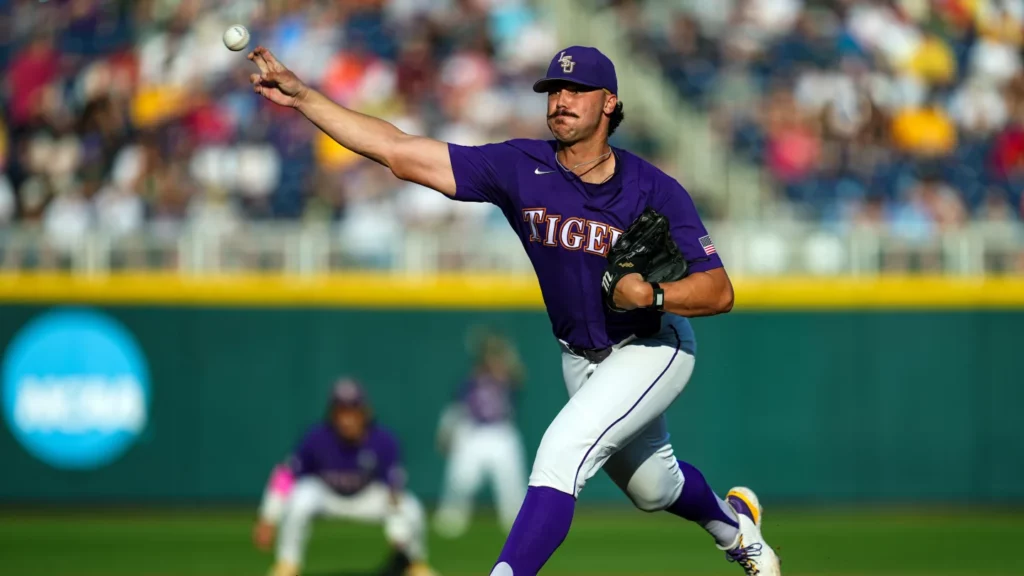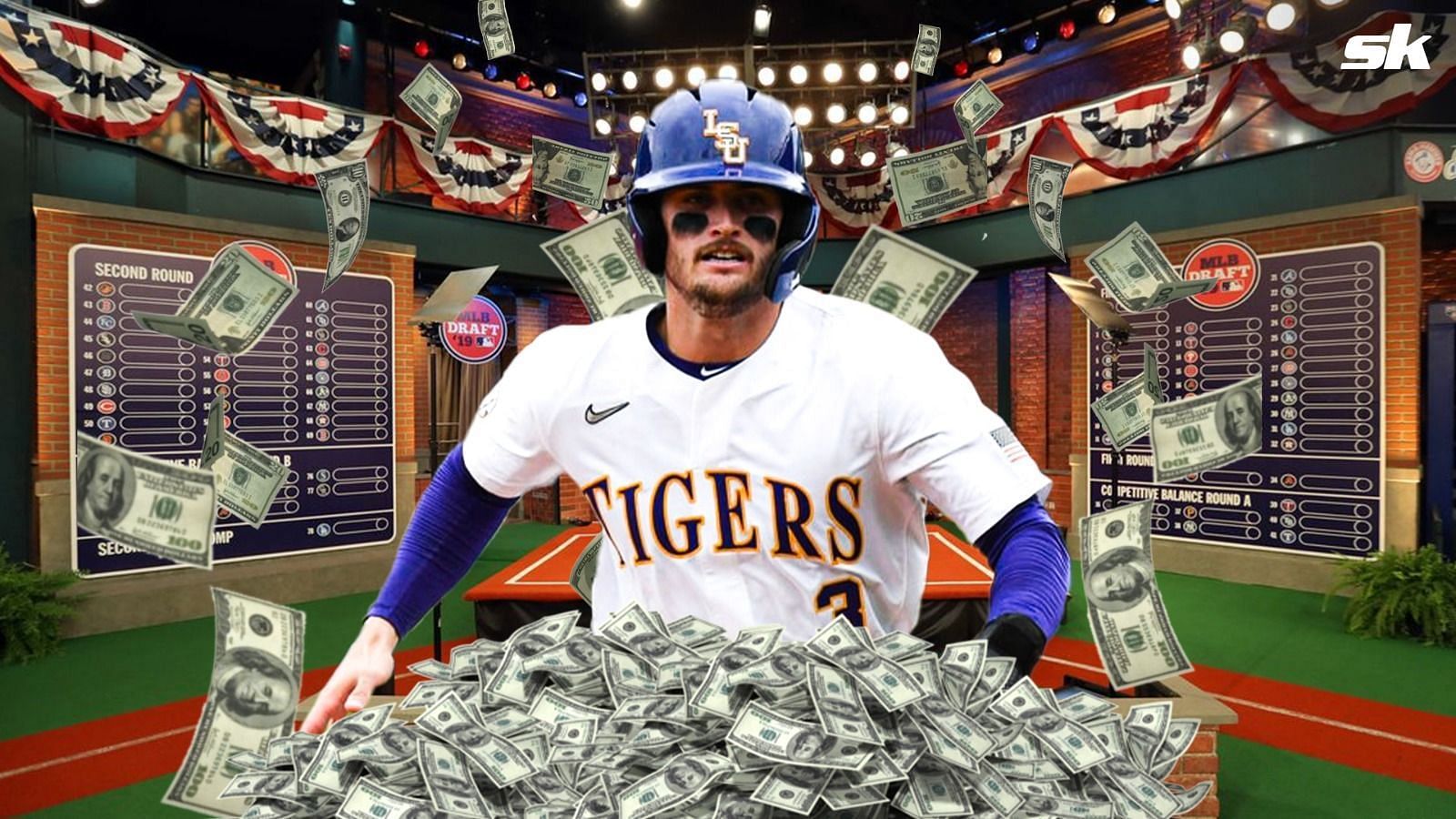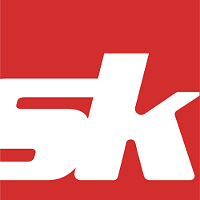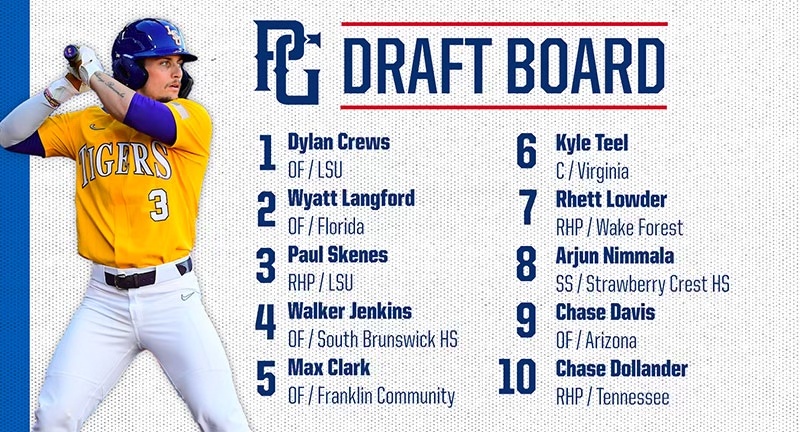DCTribefan
Hall-of-Famer
- Joined
- Dec 29, 2019
- Messages
- 11,621
- Reaction score
- 10,405
- Points
- 123
Why LSU baseball is better than some MLB farm systems
playCheck out some of the best plays from the SEC's Player of the Year and Pitcher of the Year, LSU's Dylan Crews and Paul Skenes. (0:54)
-

Kiley McDaniel, ESPN MLB InsiderJun 9, 2023, 07:00 AM ET
This is a rare, all-time group of talent playing at a national power in the SEC, the best conference amateur baseball has to offer. But exactly how good are the Tigers? It's easy to base our answer on LSU's odds of winning a title, but baseball is the most subject to luck of any of the major sports. Instead, let's focus on this group of on-field talent through the prism of prospect value, ranking the Tigers against the farm systems I've valued in MLB.
The team
Outfielder Dylan Crews was a longtime high first-round talent who had a weaker run of form leading into the pandemic-affected 2020 draft and pulled his name from the draft when it looked like he'd go in the late first or compensation round, below his expectations. That's the type of good fortune for LSU that top programs get only once or twice a decade, and Crews has more than lived up to the expectations.Paul Skenes, a right-handed pitcher, was a little-known prospect at El Toro High School in Lake Forest, California, who spent two years at Air Force, but he became a known commodity to scouts as a big, durable sinker/slider pitcher while spending summers with Team USA in front of dozens of scouts every day. He transferred to LSU after his second summer with Team USA and went from a second- or third-round talent to the best in the country in short order. His velocity spiked in the fall, but he has been even better than expected in the spring. He went from 92-95 mph to 97-101 mph and his slider went from an above-average 55-grade pitch to a 70-or-better-grade offering that's arguably the best in college baseball. Basically every part of his game took a step forward.
That improvement is in large part due to pitching coach Wes Johnson, widely regarded as one of, if not the best, pitching coaches on earth (as others have noticed, as it looks like Johnson is headed after the season to be the new head coach at Georgia). Head coach Jay Johnson is a legendary recruiter who has been on a heater on the recruiting trail, landing top-five-round talents in OF Paxton Kling, C Brady Neal, RHP Chase Shores, C Jared Jones, RHP Ty Floyd, SS Jordan Thompson, 1B Tre Morgan and RHP Grant Taylor out of high school. Skenes was one of four big names the Tigers added in the transfer portal last summer along with 3B Tommy White, RHP Thatcher Hurd and RHP Christian Little.I'd expect Floyd, Thompson, Morgan and possibly Taylor from that list to join Skenes and Crews in the pro ranks this summer. That's a historic amount of talent to leave a program at once, but LSU seems best positioned of any team in college baseball to replenish its coffers.
The method
I've found it too subjective to rank farm systems manually, essentially just lining up a 30-plus-deep list of prospects for each of the 30 MLB teams. The process of ranking the prospects themselves is already pretty subjective, and more than 1,000 players/data points are too many for one brain to effectively consider.Instead, I use future value tiers to rank the players, then use research by Craig Edwards -- then at FanGraphs, now at the MLBPA -- that assigns empirical surplus dollar values for each FV tier based on decades of prospect lists and completed careers. That gives me a dollar value for every prospect in the minors, which I can add up to see how farm systems compare.
Dylan Crews led the Tigers with a .432 batting average in 2023. Michael Wade/Icon Sportswire
It isn't much work to do a grade for each draft prospect, too, and thus for an entire active roster of a college team. Two weeks ago, I updated my offseason top 100 with a midseason top 50 that also included prospects for the upcoming draft.
My biggest takeaway from Edwards' research has been that the top 125 (or so) prospects have an outsized effect on their teams' farm systems. The top player from my latest rankings -- Reds SS Elly De La Cruz, who made his MLB debut on Tuesday -- is worth $112 million. The 10th overall prospect, Rangers CF Evan Carter, is worth $55 million; the 100th-ranked prospect is worth $17 million, while a typical third-round pick is worth $1-2 million the moment he signs a pro contract.
So, when a team ends up with two prospects in the overall top 20 -- and Crews was 12th on that list, in which I slotted in draft prospects where I expect them to debut; Skenes is 18th -- it gets a huge leg up over a deep system with lots of mediocre names.
The takeaway
So: How talented is LSU exactly? Better than the entire farm systems of six MLB teams. With Crews and Skenes making up the vast majority of their total, the LSU Tigers would slot in between the White Sox and Mets, with a value of $137.5 million.23. Oakland A's: $162.5 million
24. Chicago White Sox: $140 million
LSU Tigers: $137.5 million
25. New York Mets: $130 million
26. Detroit Tigers: $129.5 million
27. Los Angeles Angels: $116 million
28. Kansas City Royals: $108.5 million
29. Houston Astros: $107 million
30. Atlanta Braves: $56 million
The two LSU stars are worth $107 million together -- which for context is the same as minor league prospects 111th through 118th, combined. Another point of comparison: It matches the combined value of every prospect on all six minor league teams that make up the Houston Astros farm system.
It also almost doubles all six rosters in the Braves system, though Atlanta is ranked that low because the team passed Spencer Strider, Michael Harris and Vaughn Grissom through the system so quickly that they didn't count as prospects for long. They do count toward major league wins, and will for a while. Those wins also push the Braves' draft position down and make them candidates to add at the deadline, making it all the harder to move up.
On top of that, the Braves are aggressive with prospects who stand out. In a world where top-125 prospects are what matters, they tend to fast-track those players out of the system: AJ Smith-Shawver just reached the top 125 last month -- and made his big league debut at age 20 over the weekend.
The Astros are another perennial contender -- they haven't been quite as prolific as the Braves with rookies, but Jeremy Pena's development was a big win, as is the arrival of new GM Dana Brown, who came from Atlanta, where he drafted all of the Braves players listed above.
The Angels are a perennial almost-playoff club, which tends to hurt their draft capital and trade deadline posture, and the Mets got caught by some tough timing -- they were 12th on my offseason list, but their top two prospects (Francisco Alvarez and Brett Baty) both graduated from prospect status in the past two weeks. Like Crews and Skenes, they both ranked in the top 20, so their absence is keenly felt in that farm system total.
At the very bottom of the farm system rankings, a few factors are at play. There are the rebuilds in Kansas City and Detroit -- the Royals' in slow motion, and the Tigers' with a new decision-maker in charge. There's good news in Detroit: The Tigers have the third overall pick and will very likely add one of the players from the clear top tier of five players (such as Crews or Skenes), thus moving them out of this territory. The other clubs on this list pick outside of the top five and will have a longer path to moving out of the basement.
